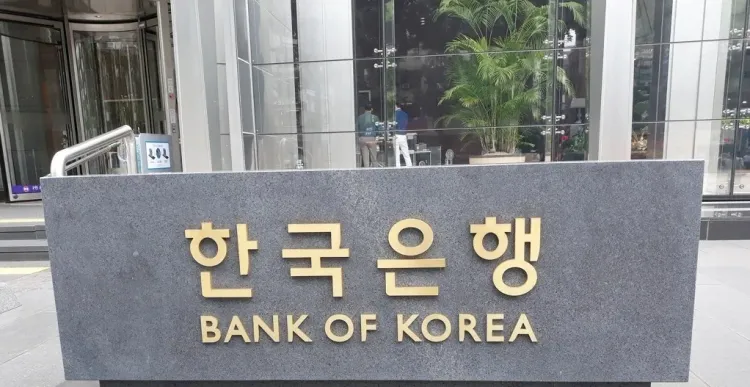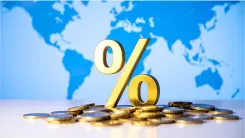Has S. Korea's Foreign Reserves Finally Rebounded After Three Months?

Synopsis
Key Takeaways
- South Korea's foreign reserves rose to $410.2 billion in June.
- This increase marks the first rebound in three months.
- The rise is due to a weaker dollar and increased investment returns.
- Foreign securities make up 87.4% of total reserves.
- The country ranks 10th globally for foreign reserves.
Seoul, July 3 (NationPress) South Korea's foreign reserves saw a notable recovery in June after hitting the lowest point in five years, as indicated by central bank statistics released on Thursday.
The nation’s foreign reserves reached US$410.2 billion at the close of June, reflecting an increase of $5.61 billion from the previous month, according to the Bank of Korea (BOK). This represents the highest level since January, when reserves were recorded at $411.01 billion.
After experiencing declines for two successive months since April, the reserves fell to their lowest since April 2020, which was $403.98 billion, as reported by Yonhap news agency.
The increment last month was mainly due to a rise in the U.S. dollar-denominated value of foreign currency assets linked to other currencies, prompted by a weaker dollar, alongside improved investment returns, as stated by the BOK.
As of the end of June, the value of foreign securities, including U.S. Treasuries, stood at $358.5 billion, up $1.47 billion from May, making up 87.4 percent of total foreign reserves.
Deposits also saw a monthly increase of 6.5 percent, reaching $26.54 billion during the specified period.
Additionally, Special Drawing Rights (SDRs) and gold reserves increased to $15.89 billion and $4.79 billion, respectively, while the country's International Monetary Fund (IMF) reserve positions rose 1.1 percent to $4.47 billion by the end of June.
As of the end of May, South Korea was recognized as the world’s 10th-largest holder of foreign reserves.
China led the rankings, followed by Japan, Switzerland, India, and Russia, according to the BOK.
This undated image shows a banker monitoring dollar transactions at Hana Bank's Counterfeit Notes Response Center in Seoul. (Yonhap)
In other news, the sale of derivative-linked securities in South Korea surged in the first quarter compared to the previous year, as per the data.
The total value of equity-linked securities (ELS) and derivative-linked securities (DLS) issued in the first quarter reached 15.8 trillion won ($11.65 billion), which is an increase of 2.8 trillion won from a year prior, according to the Financial Supervisory Service.
The outstanding value was 84.6 trillion won at the end of March, reflecting an increase of 3 trillion won over the same period.








